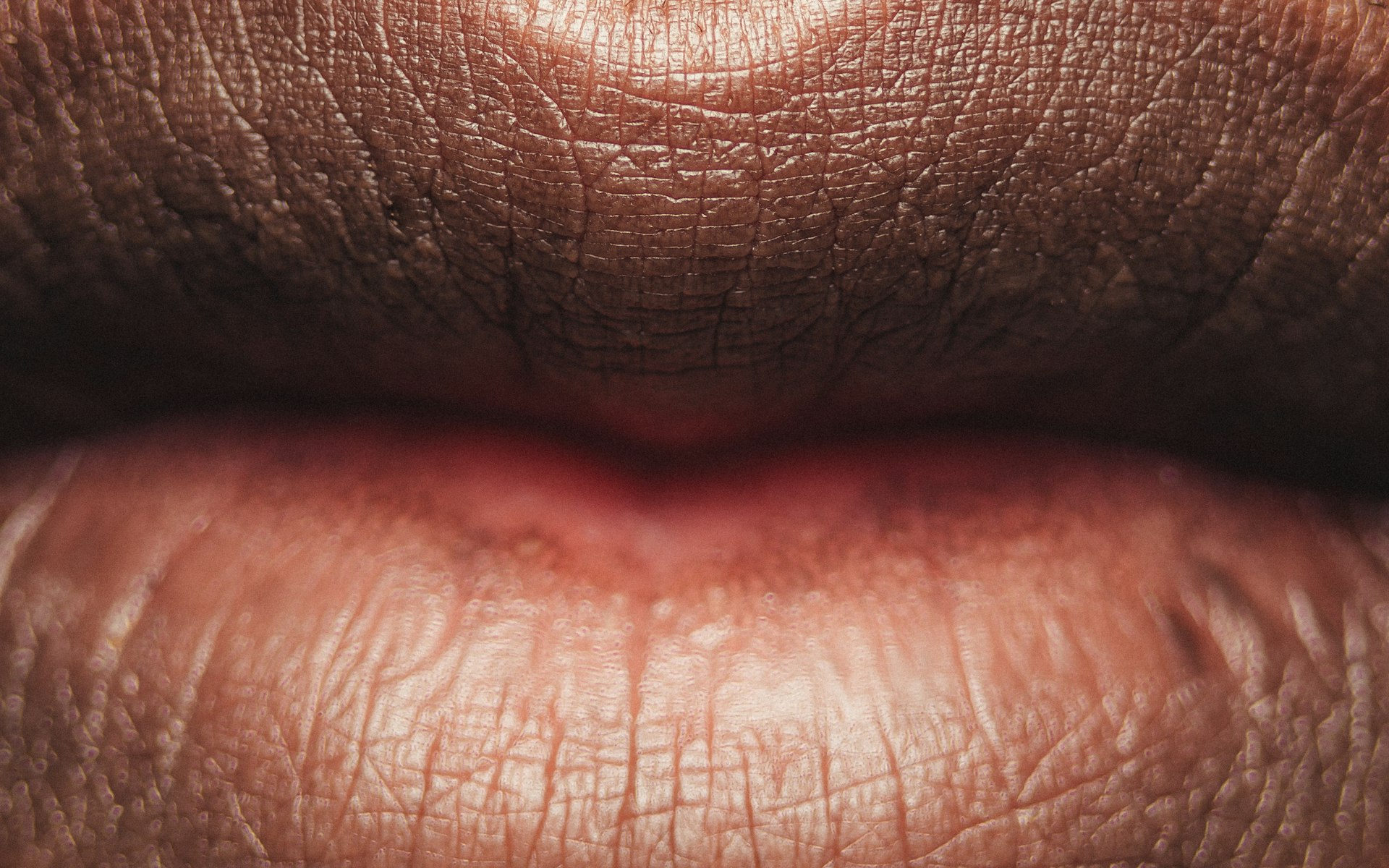Natural Solutions: Herbal Remedies and Strategies for Managing Seasonal Allergies

Photo by Bakd&Raw by Karolin Baitinger on Unsplash
Understanding Seasonal Allergies and Herbal Approaches
Seasonal allergies, also known as allergic rhinitis or hay fever, affect millions of people each year, causing symptoms such as sneezing, nasal congestion, itchy eyes, and fatigue. While conventional medications can provide relief, many seek natural alternatives to minimize side effects like drowsiness. Herbal remedies and complementary strategies are increasingly popular, but it is essential to understand their benefits, limitations, and safe use. This article provides evidence-based insight into herbal options, practical steps for implementation, and guidance for maximizing relief.
Evidence-Supported Herbal Remedies
Several herbs and natural products have shown promise in managing allergy symptoms, though results can vary, and evidence is not always conclusive. Always consult a qualified healthcare provider before starting any new supplement or herbal regimen, especially if you have underlying health conditions or take other medications.
Butterbur (
Petasites hybridus
)
Butterbur is one of the most researched herbs for allergic rhinitis. Multiple scientific studies, including research conducted in Switzerland, have found butterbur extracts to act as natural antihistamines that help control hay fever symptoms without causing drowsiness [5] . However, not all butterbur products are equally safe-raw butterbur contains pyrrolizidine alkaloids (PAs), which can be toxic. Only use PA-free butterbur supplements, and consult your doctor regarding safety and dosage [2] .
Application steps:
- Look for certified PA-free butterbur supplements
- Begin supplementation before allergy season for preventative benefits
- Monitor for side effects and discontinue if you experience any adverse reactions
- Consult a healthcare provider before use, especially if pregnant, nursing, or taking other medications
Some people report significant improvement in nasal symptoms, while others may not notice a difference. Individual response can vary, and not all studies show significant benefit [2] .
Stinging Nettle (
Urtica dioica
)
Stinging nettle extract has been shown in laboratory research to inhibit inflammatory pathways involved in allergic reactions. While more human studies are needed, some clinical experience suggests it may help reduce sneezing and itchiness [1] . Nettle is available in capsule, tincture, or tea form.
Action steps:
- Discuss dosing and safety with your healthcare provider
- Start supplementation ahead of allergy season for best results
- Monitor for potential allergic reactions, especially if you are sensitive to plants in the nettle family
Many people report using nettle as part of a broader allergy management plan, sometimes in combination with other supplements.
Quercetin
Quercetin is a flavonoid found in onions, apples, and citrus fruits, and is available as a supplement. Research supports its ability to stabilize mast cells, therefore reducing histamine release and allergic symptoms [1] . Quercetin is often combined with bromelain for improved absorption.
Implementation guidance:
- Consult your provider for the optimal formulation and dose
- Begin supplementation several weeks prior to allergy season
- Continue throughout peak pollen periods for sustained benefit
Some users find quercetin particularly helpful for itchy eyes and sneezing, though results can vary. Foods high in quercetin can also be incorporated into your diet.
Yarrow (
Achillea millefolium
)
Yarrow is a traditional herb with anti-inflammatory and respiratory benefits. It has been used for centuries to treat colds and sinus problems, and some herbalists recommend it for allergic rhinitis. Yarrow may be taken as a tea or tincture, but should not be used internally for more than two consecutive weeks. People allergic to ragweed should avoid yarrow due to possible cross-reactions [4] .
Practical steps:
- Use yarrow tea or tincture under the guidance of a qualified herbalist
- Limit use to short-term periods (no more than two consecutive weeks)
- Discontinue use if any allergic symptoms develop
Green Tea
Green tea contains compounds that may block certain allergic responses. Japanese studies have shown that drinking green tea may help reduce sneezing and itchy eyes associated with seasonal allergies [5] . While not a replacement for medical treatment, green tea can be part of a holistic plan.
How to use: Drink one to three cups daily during allergy season. Monitor for caffeine sensitivity, especially in the evening.
Complementary Practices and Supportive Strategies
Herbal remedies are most effective when combined with lifestyle and complementary approaches. Some additional methods supported by research include:
Saline Nasal Irrigation
Nasal irrigation with a saline solution can help relieve congestion and flush allergens from nasal passages. This practice is generally safe when performed with sterile, distilled, or previously boiled water to prevent infection [2] . Neti pots are commonly used for this purpose.
Step-by-step guidance:
- Purchase a neti pot or squeeze bottle from a pharmacy
- Use only sterile, distilled, or boiled water for the saline solution
- Tilt your head and pour the solution into one nostril, allowing it to drain from the other
- Repeat on both sides as needed, and clean the device thoroughly after each use
This method can be repeated daily during allergy season for ongoing relief.
Dietary and Lifestyle Considerations
Foods rich in antioxidants, such as fruits and vegetables, may help reduce inflammation. Some people also find spicy foods like cayenne pepper or garlic temporarily relieve congestion due to their anti-inflammatory and decongestant properties [5] .
Additional strategies include:
- Monitoring local pollen forecasts and limiting outdoor activity during high pollen times
- Showering and changing clothes after being outdoors to reduce pollen exposure
- Using high-efficiency particulate air (HEPA) filters in your home
Potential Challenges and Safety Considerations
Not all herbal remedies are safe for everyone. Some herbs can interact with medications or cause allergic reactions themselves. For instance, butterbur must be PA-free, and yarrow should be avoided by those with ragweed allergies. The scientific evidence for many herbal approaches is limited or mixed, and results may vary from person to person [3] .
For best results:
- Consult a qualified healthcare provider, naturopath, or herbalist before starting any new supplement
- Start new remedies well before peak allergy season
- Monitor for side effects and discontinue use if adverse reactions occur
- Combine herbal remedies with proven lifestyle strategies for comprehensive relief
Alternative and Integrative Approaches
If herbal treatments are not effective or not tolerated, consider other complementary practices such as acupuncture or probiotics. While evidence is still developing, some individuals find these therapies helpful for symptom management [2] . Always seek practitioners with appropriate credentials and experience in treating allergies.
How to Access Herbal Remedies and Professional Guidance
Herbal supplements can be found in pharmacies, health food stores, and online retailers. When choosing a product:
- Look for third-party testing and certification for purity and safety
- Consult with a healthcare provider for personalized recommendations
- Check for potential drug-herb interactions, especially if you take prescription medications
To connect with qualified practitioners:

Photo by Oleg Podlesnykh on Unsplash
- Search for licensed naturopathic doctors or herbalists in your area
- Ask your primary care provider for referrals to integrative medicine clinics
- Review practitioner credentials and experience before beginning treatment
Key Takeaways
Herbal remedies such as butterbur, stinging nettle, quercetin, and yarrow, along with supportive practices like saline nasal irrigation and dietary adjustments, may offer relief for seasonal allergy sufferers. Effectiveness varies, and evidence is still emerging, so it is crucial to approach these options thoughtfully and in consultation with healthcare professionals. For safe and optimal results, combine herbal strategies with proven lifestyle modifications, and seek personalized guidance as needed.
References
- [1] Brody Naturopathic (2025). Overcome Seasonal Allergies Naturally: Research-Backed Herbal Remedies and Supplements.
- [2] National Center for Complementary and Integrative Health (2023). Seasonal Allergies and Complementary Health Approaches: Evidence and Safety.
- [3] Lim XY et al. (2024). Medicinal plants for allergic rhinitis: A systematic review and meta-analysis.
- [4] Sinus & Allergy Wellness Center (2023). Six Herbal Remedies for Allergic Rhinitis.
- [5] Ochsner Health (2025). Eight Natural Ways to Beat Spring Allergies.



